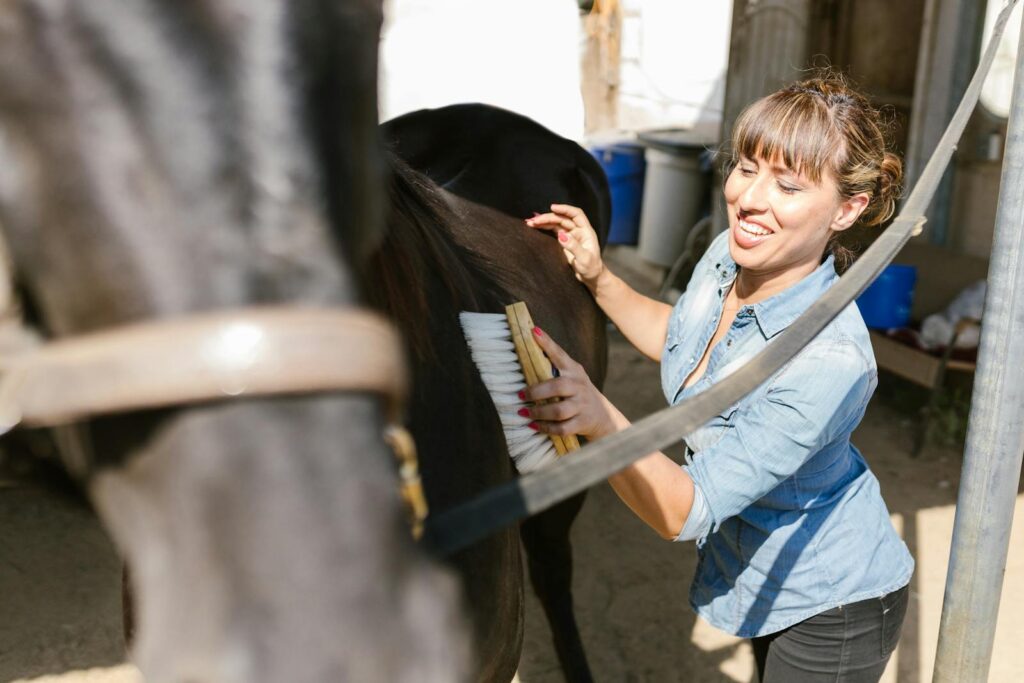Horses that show fear or anxiety during grooming present unique challenges for handlers and owners. Whether the behavior stems from past trauma, limited early handling, or natural sensitivity, grooming-shy horses can turn routine care into a stressful experience for both horse and human. Addressing these issues takes patience, empathy, and techniques tailored to the individual horse. This article explores practical, proven strategies to help fearful horses grow more comfortable with grooming, building trust while keeping safety a priority. With consistent use of these methods, grooming can shift from a source of tension to a meaningful bonding experience—one that improves the horse’s overall well-being and strengthens the human-equine connection.
Understanding the Root Causes of Grooming Aversion
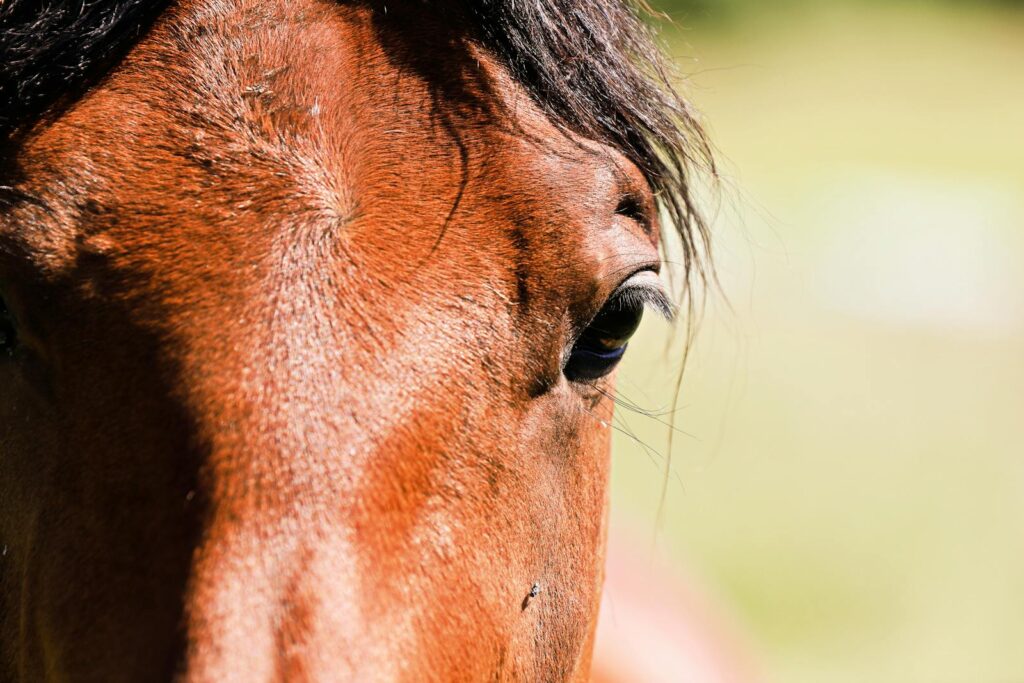
Before starting any training program, it’s important to identify what’s triggering your horse’s negative reaction to grooming. Past trauma—such as rough handling or painful grooming experiences—can leave lasting impressions that show up as fear or defensive behavior. Physical pain or discomfort, including undiagnosed skin issues, arthritis, or sensitivity at pressure points, may also cause a horse to resist touch in certain areas. Some horses simply didn’t receive enough early socialization with people, making the close contact of grooming feel threatening or overwhelming. Understanding whether your horse’s reaction is rooted in fear, pain, or unfamiliarity will help you address the true cause rather than just managing the symptoms.
Creating a Positive Grooming Environment
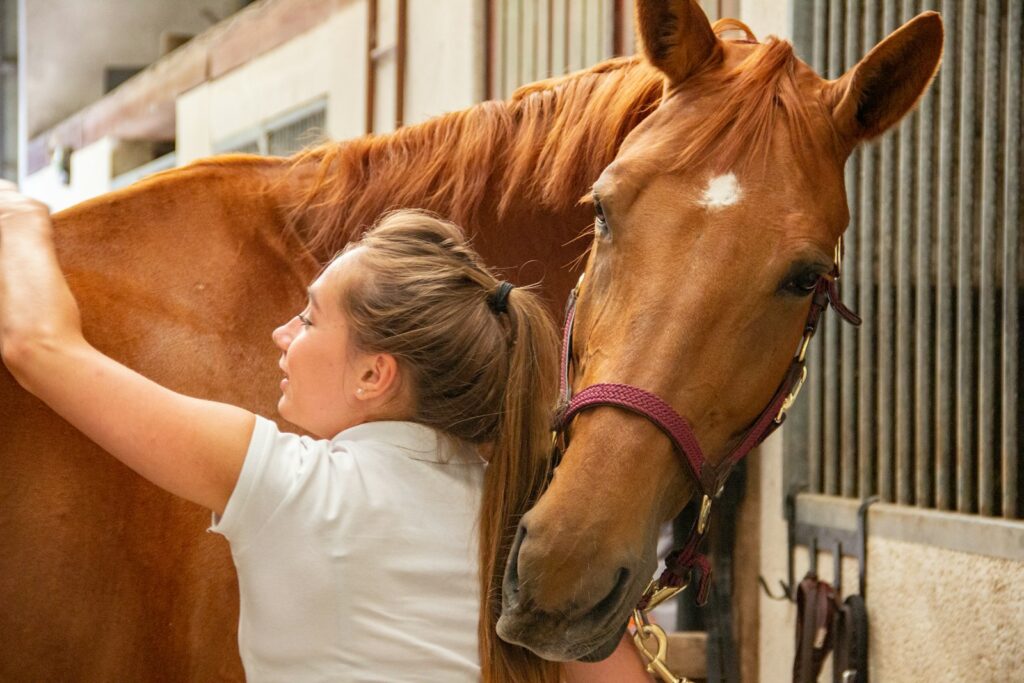
The environment where grooming takes place plays a key role in your horse’s comfort and willingness to cooperate. Choose a quiet, familiar space with minimal distractions—ideally, their stall or another enclosed area they associate with positive experiences. Ensure the lighting is adequate, avoiding harsh shadows or glare that might startle a nervous horse. Keep grooming in the same area consistently, as familiarity helps calm anxious horses. Timing is also important—schedule grooming when your horse is relaxed, not right before feeding, or during times when they might be excited or hungry.
Implementing Systematic Desensitization Techniques
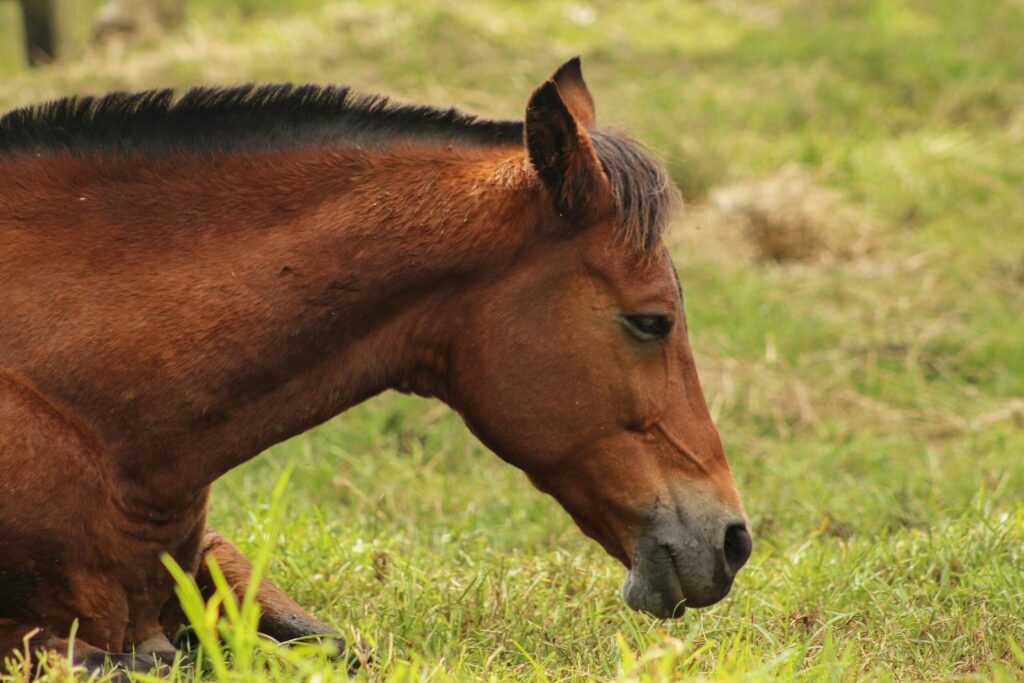
Systematic desensitization is one of the most effective methods for helping horses overcome grooming-related anxiety. This approach involves gradually introducing your horse to grooming tools and touches at levels well below their fear threshold, then slowly increasing exposure as they become more comfortable. Start by simply standing near your horse with the grooming tools in hand, without making contact, rewarding calm behavior with praise or treats. Then, gently touch non-sensitive areas with your hand before introducing any tools, always respecting your horse’s comfort zone. Over several sessions, gradually increase the duration of contact and expand to more sensitive areas, ensuring you move at a pace that never exceeds your horse’s ability to cope. Consistent, incremental progress is key, as it builds positive associations rather than overwhelming your horse.
The Power of Clicker Training for Grooming Compliance
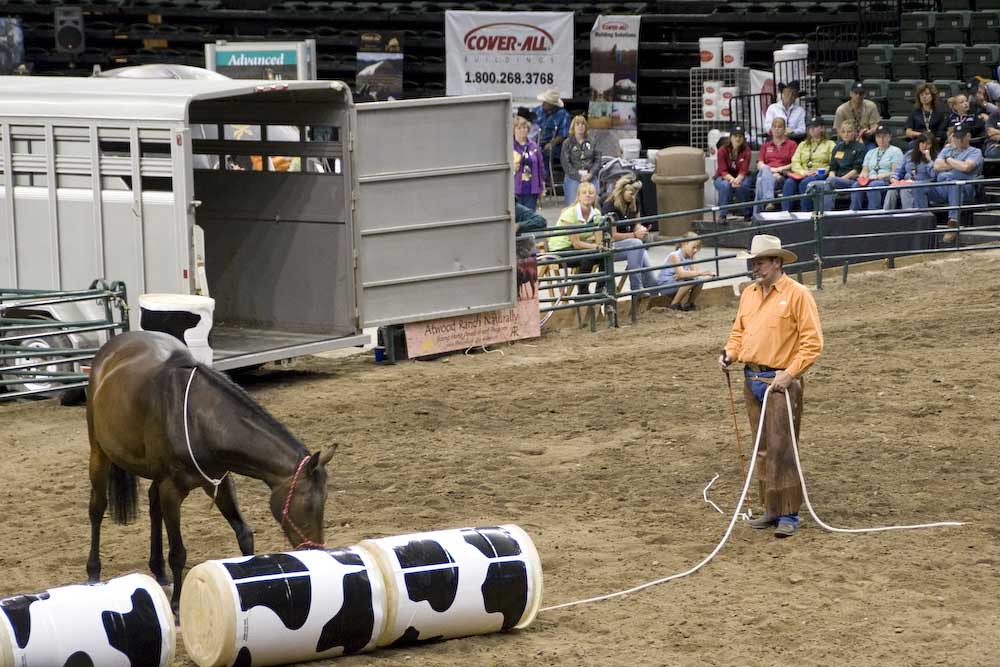
Clicker training offers a precise communication method that can shift a horse’s perception of grooming from something intimidating to something rewarding. This positive reinforcement technique uses a distinct click to mark the exact moment your horse displays the desired behavior, followed immediately by a food reward that reinforces that action. Start by establishing the click as a positive marker through simple targeting exercises before applying it to grooming situations. When introducing grooming tools, click and reward moments of relaxation, tolerance, and acceptance, helping your horse make the connection between cooperation and positive outcomes. The beauty of clicker training is its clarity—horses quickly learn which behaviors earn rewards, speeding up their progress toward accepting previously frightening stimuli. This approach builds your horse’s confidence by giving them control over the process, turning them from hesitant participants into willing partners.
Touch-Based Techniques for Sensitive Horses
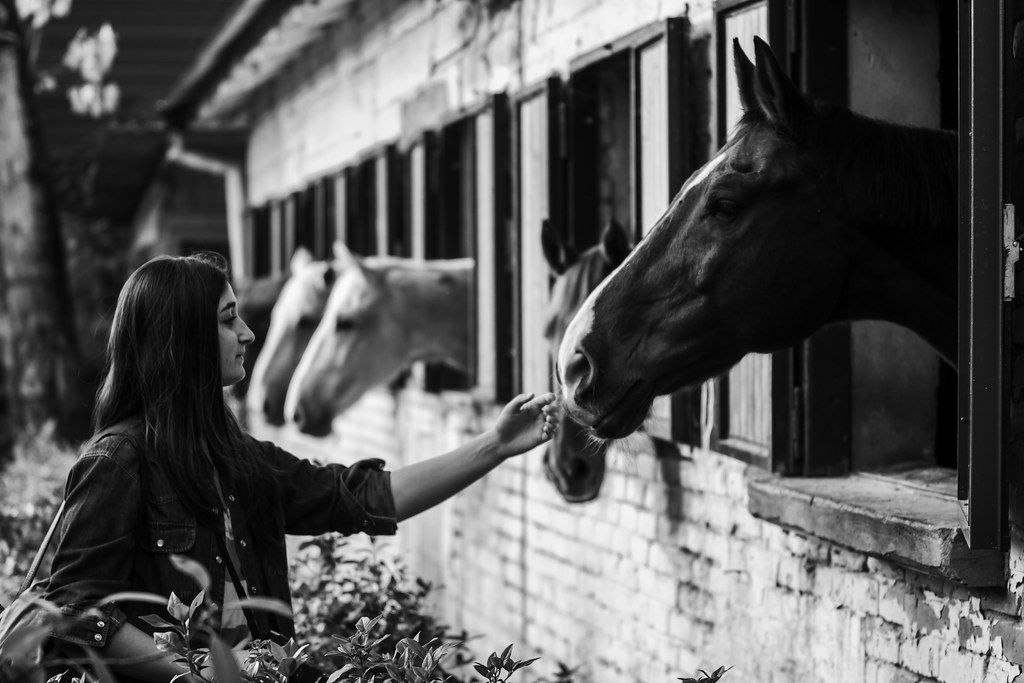
For horses with extreme tactile sensitivity, specialized touch techniques can help recalibrate their response to physical contact. The Tellington TTouch method, developed by Linda Tellington-Jones, utilizes circular, sliding, and lifting movements performed with varying pressure to reduce tension and anxiety while increasing body awareness. Unlike conventional grooming that can feel invasive, these deliberate, mindful touches create novel sensations that bypass established fear responses. Begin with light, one-and-a-quarter circle movements using just fingertips on less sensitive areas like the neck or shoulder, gradually progressing to firmer contact and more reactive body regions. Techniques like “clouded leopard” circles, “python lifts,” and “raccoon touches” provide varied sensory experiences that help desensitize hypersensitive skin while promoting relaxation. Many handlers report that regular application of these methods not only improves grooming tolerance but also enhances overall emotional regulation and learning capacity.
Selecting and Introducing Appropriate Grooming Tools
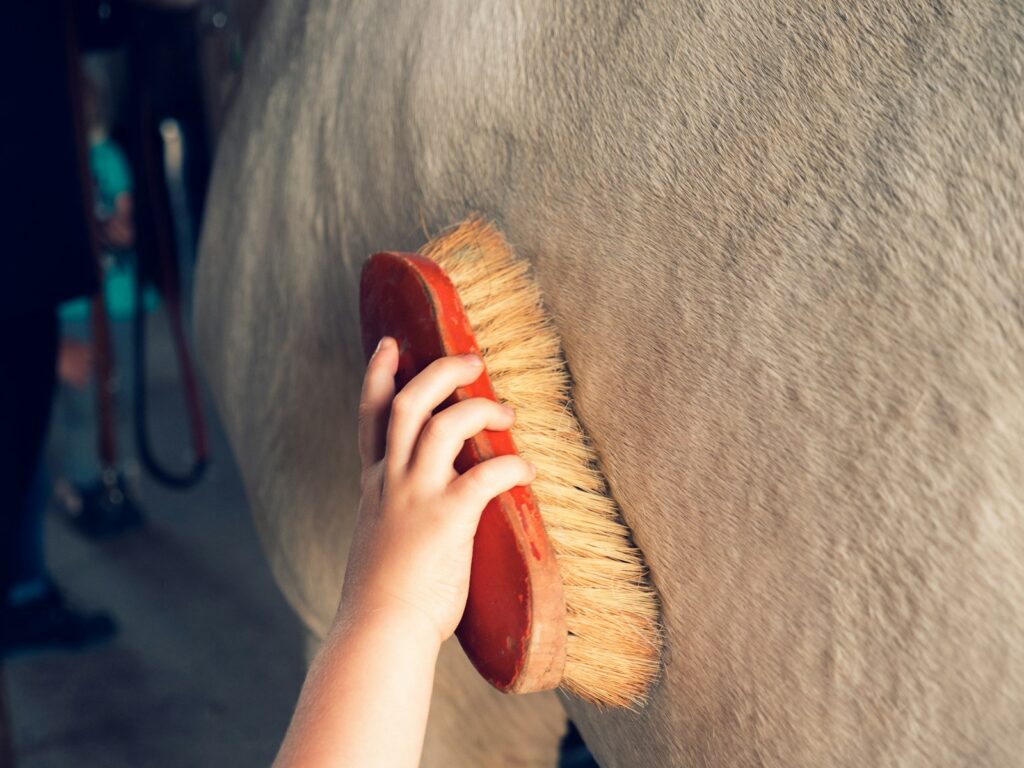
Tool selection plays a crucial role for managing grooming-related anxiety, as the wrong equipment can increase fear or cause discomfort. For particularly sensitive horses, start with soft, flexible tools that offer gentle stimulation—soft-bristled brushes, microfiber cloths, or even just your hands can provide effective grooming with minimal pressure. Introduce each new tool step by step: first, allow your horse to visually inspect it, then gently touch non-sensitive areas, and gradually work toward more thorough grooming. Consider innovative options designed specifically for sensitive equines, such as rubber curry combs with flexible fingers, soft-finished dandy brushes, or ergonomically designed shedding blades that distribute pressure evenly. The sound of metal tools can trigger anxiety in some horses, making plastic or rubber alternatives a better choice during initial desensitization. Always warm metal tools in your hands before applying them to your horse’s body, as cold metal against the skin can startle even calm horses.
Building Trust Through Groundwork Exercises
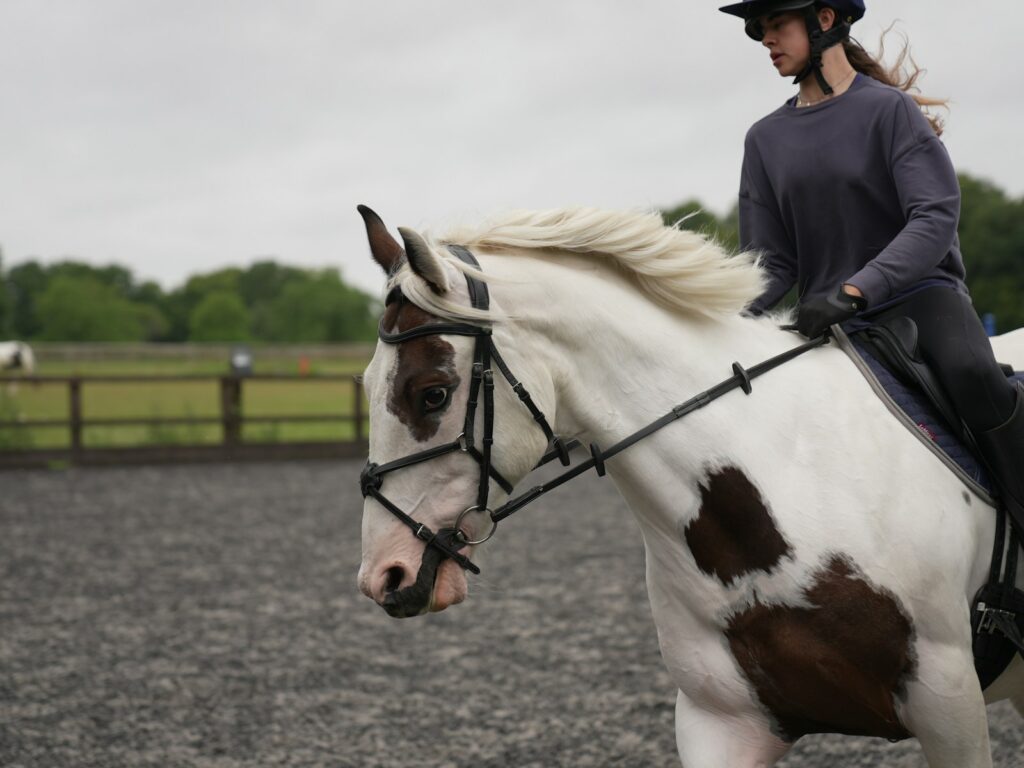
Effective groundwork lays the foundation of trust and respect essential for grooming acceptance. Exercises that promote relaxation, focus, and a sense of partnership help create a mental framework where horses are more open to handling. Leading exercises that encourage your horse to mirror your movements and energy teach them to follow human guidance calmly and willingly. Liberty work—where the horse chooses to engage without restraint—fosters authentic trust that proves invaluable during potentially stressful grooming sessions. Techniques from natural horsemanship traditions, such as approach-and-retreat, yielding to pressure, and sending exercises, deepen mutual understanding and communication across all handling scenarios. With consistent groundwork, you establish yourself as a calm, confident leader, making your touch and presence a source of reassurance rather than a threat—setting the stage for more positive grooming experiences.
Strategic Use of Restraint and Positioning
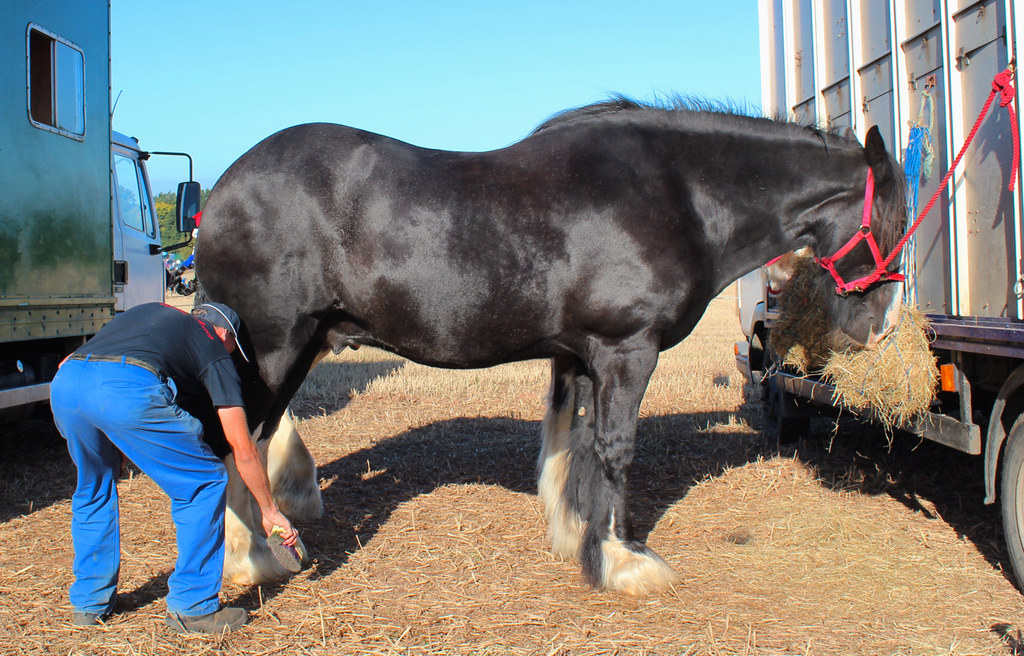
How and whether to restrain a grooming-shy horse requires careful consideration, as inappropriate restraint can heighten fear rather than reduce it. For many anxious horses, traditional cross-ties create a sense of entrapment that amplifies their stress. Instead, try grooming with the help of an experienced handler or use a single tie equipped with a safety release. When working with kick-prone horses, position their hindquarters near a wall to limit evasive movement while giving yourself a clear escape route. Some horses feel safer when groomed in their stalls, where familiar boundaries can reduce anxiety. For extremely nervous individuals, short grooming sessions while they graze can help associate touch with the relaxation of eating. Keep in mind that excessive restraint often triggers an opposition reflex—the more you try to control, the more some horses resist. Strategic positioning and the least amount of necessary restraint often lead to better outcomes than force.
Incorporating Calming Aids and Techniques
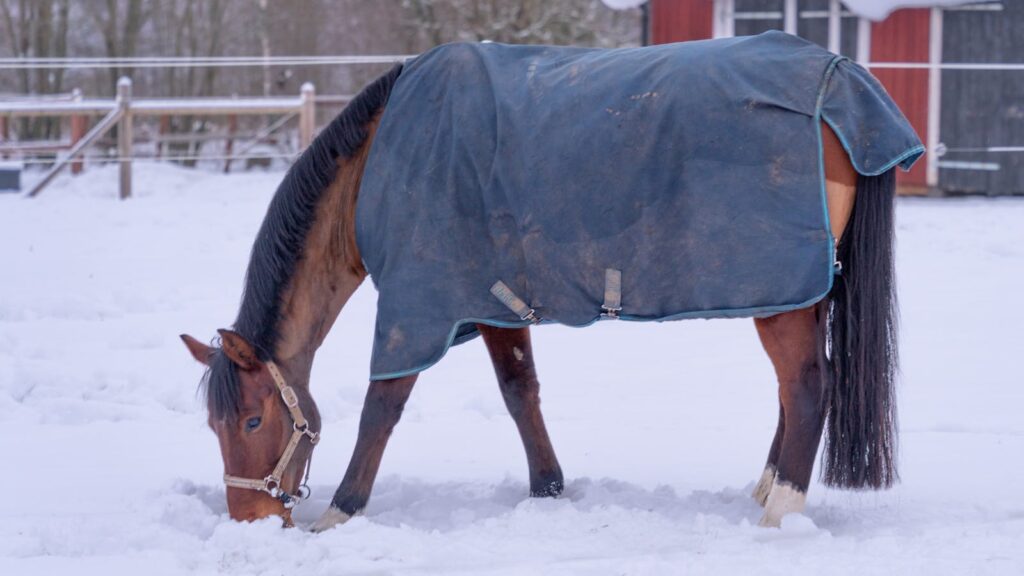
Various supplementary approaches can help create a more relaxed state conducive to grooming training. Aromatherapy with diluted lavender or chamomile essential oils—introduced gradually—has shown calming effects in many horses through either direct inhalation or light application to grooming tools. Gentle massage techniques applied before grooming can release physical tension and build positive associations with touch. Pressure wraps, which use deep touch pressure principles, may help anxious horses by providing steady proprioceptive feedback that encourages relaxation. Some handlers report success with calming supplements containing ingredients like magnesium, l-theanine, or tryptophan, though these should only be used under veterinary supervision. In more severe cases, acoustic devices that emit low-frequency sounds or music designed for equine relaxation can create a calming background environment during desensitization work.
Recognizing and Responding to Stress Signals
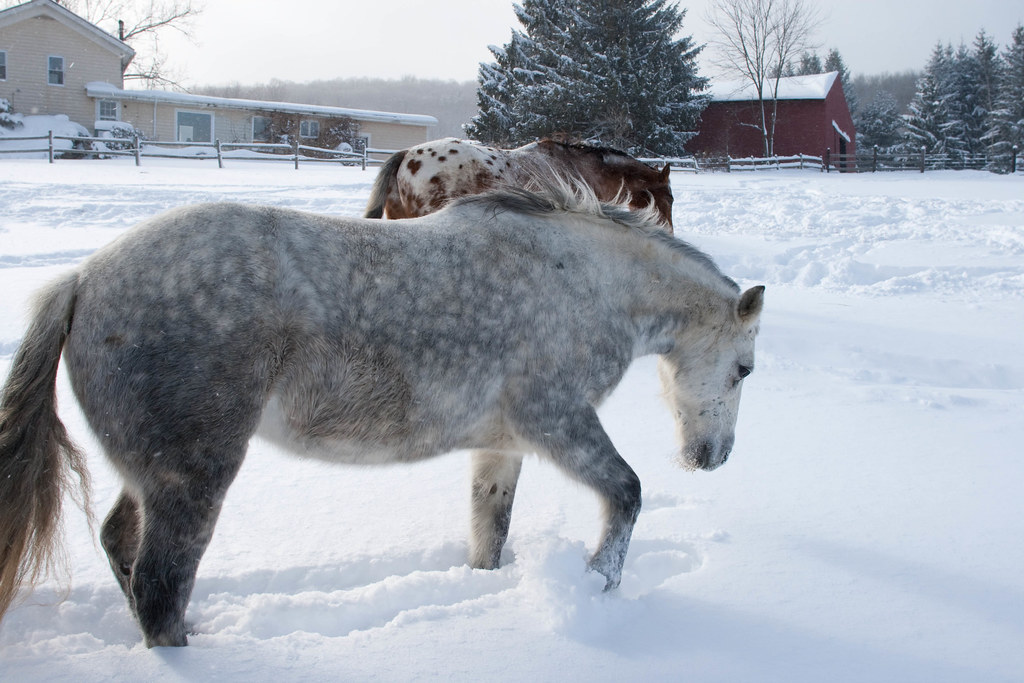
Accurate interpretation of equine body language allows handlers to adjust their approach before minor stress escalates into dangerous behavior. Subtle early indicators include muscle tension, tail swishing, pinned or rapidly swiveling ears, elevated head carriage, and increased breathing rate. As stress builds, horses may display more overt signs such as pawing, backing up, wide eyes showing white, a clamped tail, or frequent weight shifting. Recognizing these cues early enables timely intervention—such as retreating to a less sensitive area, reducing pressure, or offering a brief break. Responding appropriately builds trust by showing the horse their discomfort is acknowledged, rather than ignored. This responsiveness fosters a feedback loop in which the horse learns that subtle signals are respected, reducing the likelihood of escalating to more dangerous behaviors like striking or kicking.
Targeting Specific Problem Areas
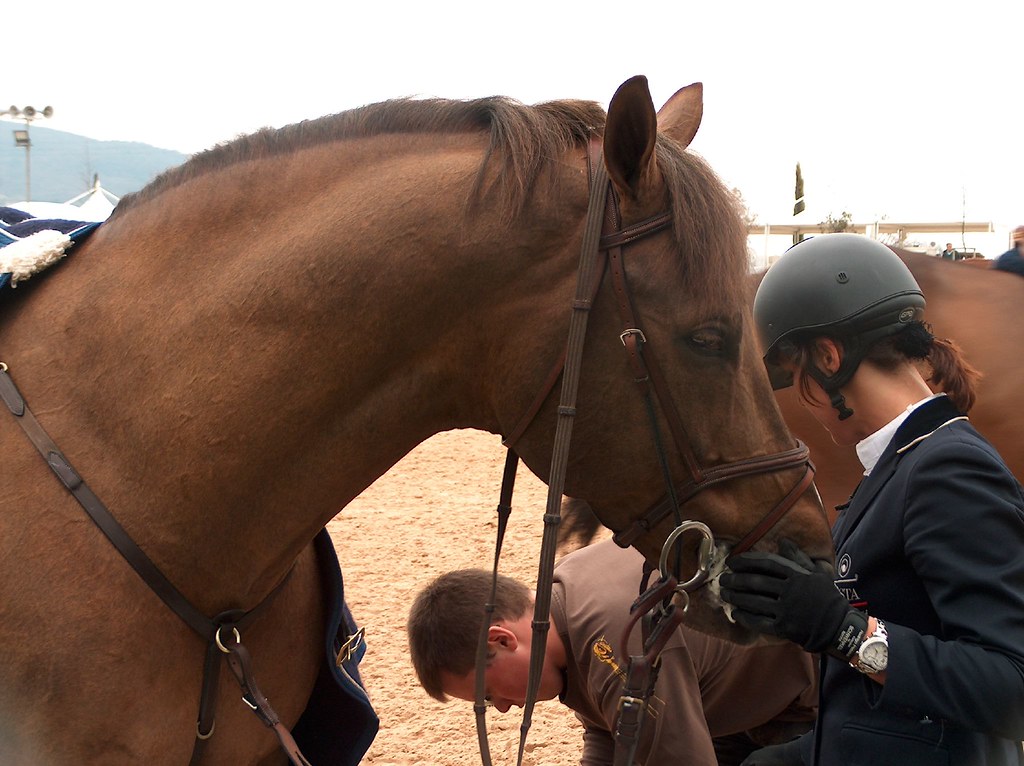
Many grooming-shy horses have specific body regions that trigger stronger reactions, requiring specialized approaches for these trouble spots. For horses sensitive about head handling, techniques like teaching them to lower their head on cue using pressure and release principles can facilitate bridle path trimming and facial grooming. Horses resistant to having their ears touched may respond well to gradual approximation—starting with touches near, but not on, the ear and slowly working closer while heavily rewarding acceptance. For cinchy horses who are reactive about belly grooming, using a soft cloth rather than brushes and approaching from the side instead of underneath can reduce defensiveness. Horses protective of their hindquarters benefit from awareness exercises that encourage them to yield their hindquarters willingly, rather than bracing against contact. The principle of “bracketing” sensitive areas—working comfortably around them while gradually narrowing the focus—often succeeds where direct approaches fail.
Creating and Following a Progressive Training Plan
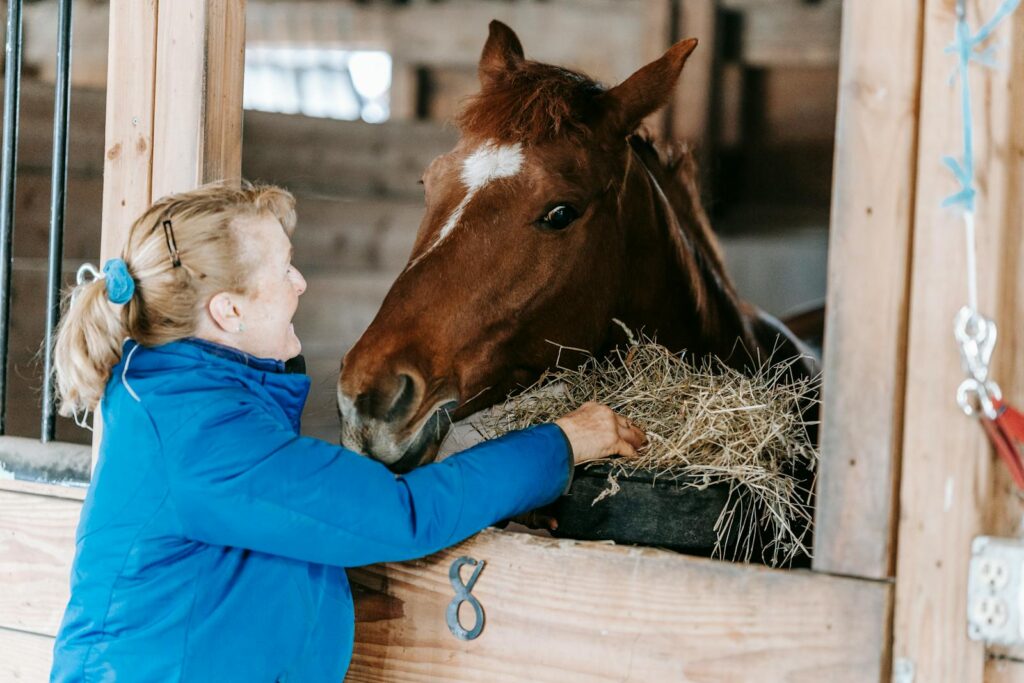
Structured, consistent training yields more reliable results than sporadic or improvised efforts. Start by setting clear, measurable goals that define what success looks like for your specific horse—such as calmly accepting a soft brush on non-sensitive areas for thirty seconds without showing stress signals. Document baseline behaviors to track progress objectively, noting specific reactions to different tools and body regions. Create a written training plan with incremental steps that address each problem area while building on prior successes. Schedule regular, brief sessions (typically 5–15 minutes) rather than infrequent, lengthy ones, as shorter durations help maintain the horse’s focus and prevent anxiety from building. Consistency between handlers is especially important with grooming-shy horses; inconsistent techniques or varying pressure levels can create confusion and stall progress. Regularly assess the horse’s responses and adjust the plan as needed to ensure the training remains productive without becoming overwhelming.
Maintaining Progress and Handling Setbacks
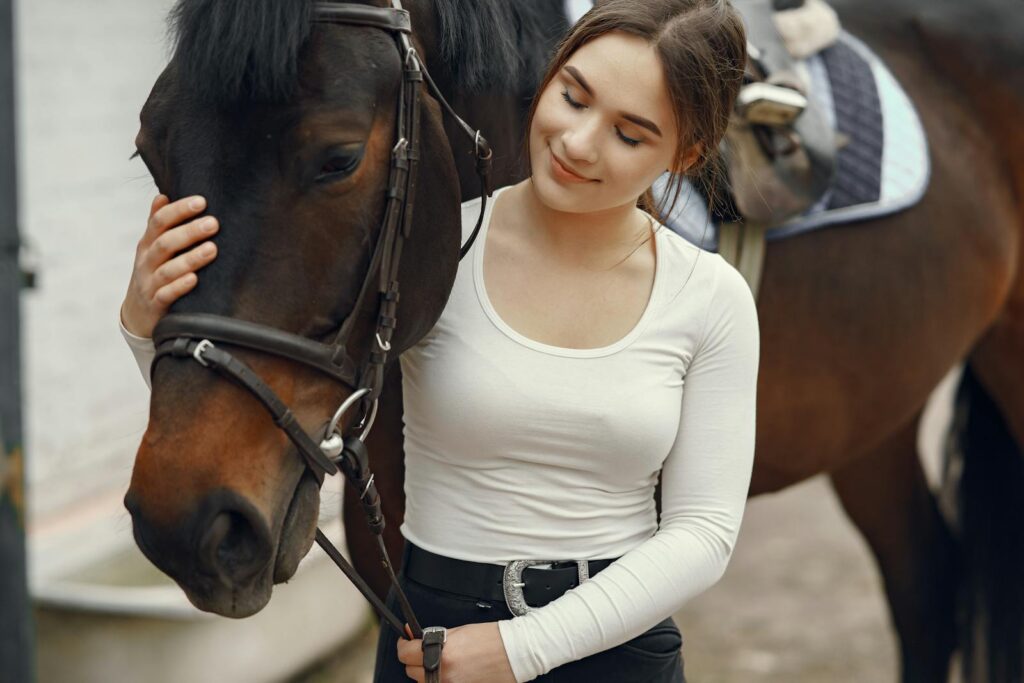
Even the best-designed training programs encounter plateaus or regressions that require thoughtful handling. Progress rarely follows a straight path—temporary setbacks are part of the learning process, not signs of failure. When regression occurs, avoid pushing harder; instead, return briefly to an earlier, successful stage to rebuild the horse’s confidence before moving forward again. Environmental factors such as seasonal changes, health fluctuations, or schedule disruptions can affect grooming tolerance, so remain flexible with your expectations during these times. Prevention is easier than correction—continuing regular, positive grooming experiences even after apparent success helps reinforce new neural pathways and stable behaviors. If significant setbacks occur despite consistent management, consult an equine behavior specialist for objective assessment and tailored guidance based on your horse’s unique challenges.
When to Seek Professional Assistance
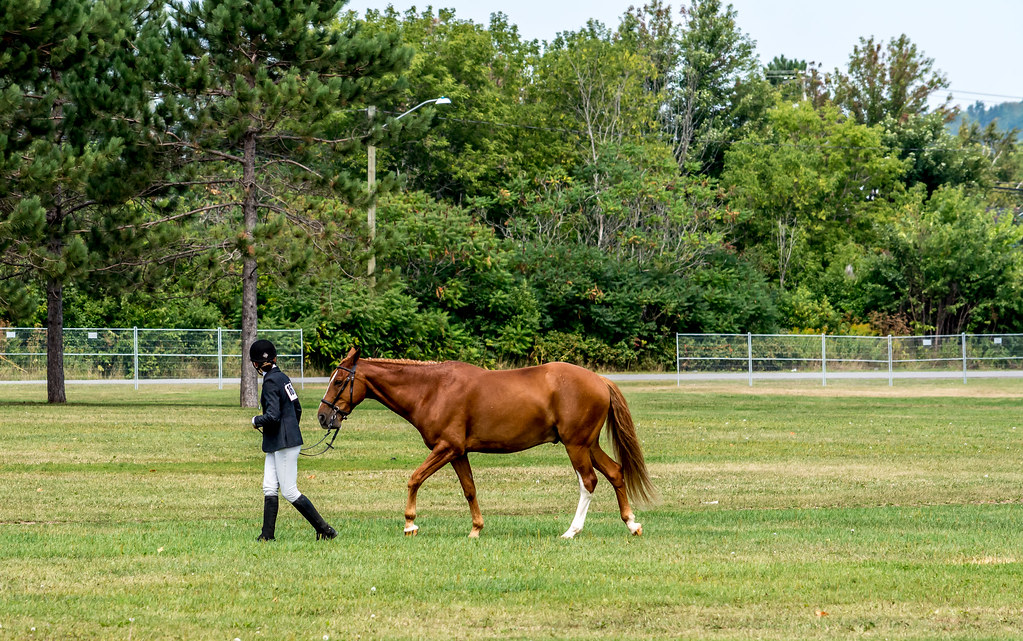
While many grooming issues respond well to owner-led training, some situations warrant professional intervention. Persistent dangerous behaviors—such as striking, rearing, or aggressive lunging—pose serious safety risks and require expert handling before they become ingrained. Horses whose fear responses seem excessive or who exhibit multiple behavioral challenges beyond grooming may be dealing with underlying psychological trauma that calls for specialized rehabilitation. In cases where pain-related reactions persist despite veterinary clearance, equine bodywork practitioners may uncover subtle musculoskeletal dysfunctions that standard exams miss. Professional trainers experienced in behavior modification offer not only technical expertise but also the emotional detachment owners may lack when working with their own horses. Rather than viewing professional help as a last resort, consider it a proactive investment that can accelerate progress and prevent reinforcement of problematic patterns.
Transforming a grooming-shy horse into a willing partner requires a deep commitment to understanding their unique needs and concerns. With patience, consistency, and evidence-based methods tailored to your horse’s specific triggers, even the most resistant cases can show remarkable progress. The path toward grooming acceptance brings rewards that go far beyond practical convenience—it strengthens the human-equine bond, fosters mutual trust, and improves the horse’s overall well-being. While the journey takes time and dedication, the resulting partnership—built on respect rather than force—yields lasting positive change for both horse and handler. Celebrate every small victory along the way, knowing that each step brings you closer to the ultimate goal: grooming sessions that build connection instead of tension.

